At first glance, La Sagrada Familia is a breathtaking fusion of stone, light, and soaring geometry. But what if we told you it hides more than beauty?
While millions visit Gaudí’s unfinished masterpiece every year, few notice the quiet clues etched into its walls: subtle symbols, cryptic shapes, and sacred numbers that reveal a deeper vision.
In this article, we’ll uncover seven hidden symbols inside La Sagrada Familia: details you’ve likely missed and explore the fascinating meanings behind them.
Curious? Let’s step inside and start uncovering the secrets.
Before the Symbols: How Sagrada Familia Came to Life
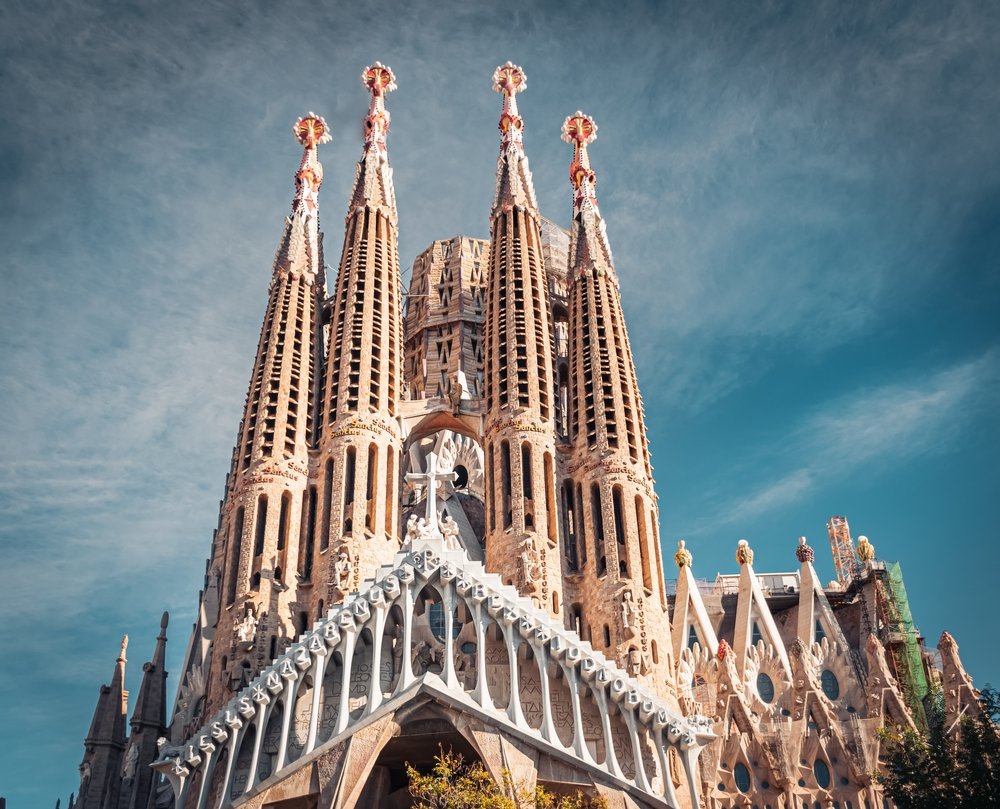
La Sagrada Familia’s story began in 1882, when architect Francisco de Paula del Villar laid the foundation for a conventional neo-Gothic church in the rapidly growing city of Barcelona. But just a year later, he resigned and a young, deeply spiritual architect named Antoni Gaudí took over.
Gaudí envisioned not just a place of worship, but a living expression of Christian symbolism, natural harmony, and divine mathematics. He abandoned the original plans and began redesigning the basilica from the ground up, blending organic forms, sacred geometry, and references to both nature and Scripture.
At the time of his death, less than a quarter of the building had been completed, but Gaudí left behind detailed models, drawings, and even 3D prototypes to guide future generations.
Though still unfinished, the basilica today stands as a living reflection of Gaudí’s vision: a place where stone tells stories and symbols whisper deeper truths.
Antoni Gaudí: The Man Behind the Vision
Known for his eccentric genius and deep religious faith, Antoni Gaudí was more than an architect — he was a visionary. Born in 1852 in Catalonia, Gaudí brought nature, faith, and geometry together in ways the world had never seen. Sagrada Familia became his life’s mission, and he worked on it almost exclusively during his final decades, living modestly and devoting himself to what he called 'God’s architecture.' Even today, his fingerprints are on every stone of the basilica.
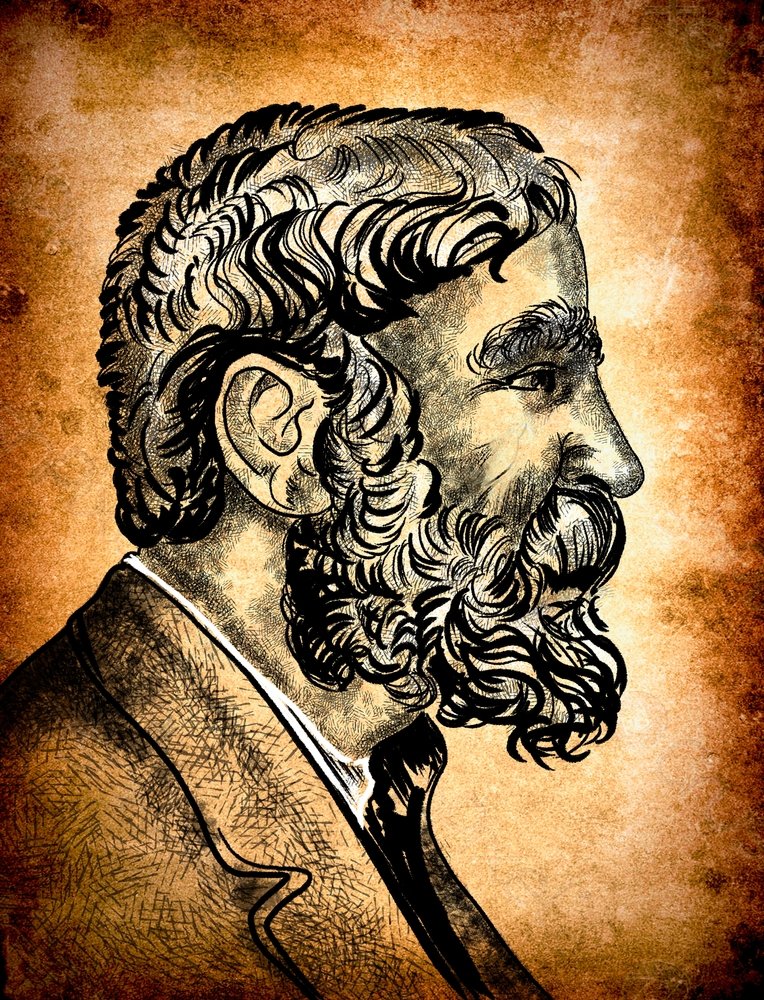
While the grandeur of Sagrada Familia is immediately overwhelming, it’s the finer, often overlooked details that truly reveal the depth of Gaudí’s genius.
Every curve, carving, and column is there for a reason: carefully placed to reflect a spiritual truth, a natural law, or a sacred number. Gaudí once said, “Originality consists in returning to the origin” and his origin was both divine and mathematical.
Now, let’s turn our attention to the hidden language of this extraordinary basilica!
Here are seven symbols you may have missed each one quietly telling a powerful story.
1. The Magic Square on the Passion Façade
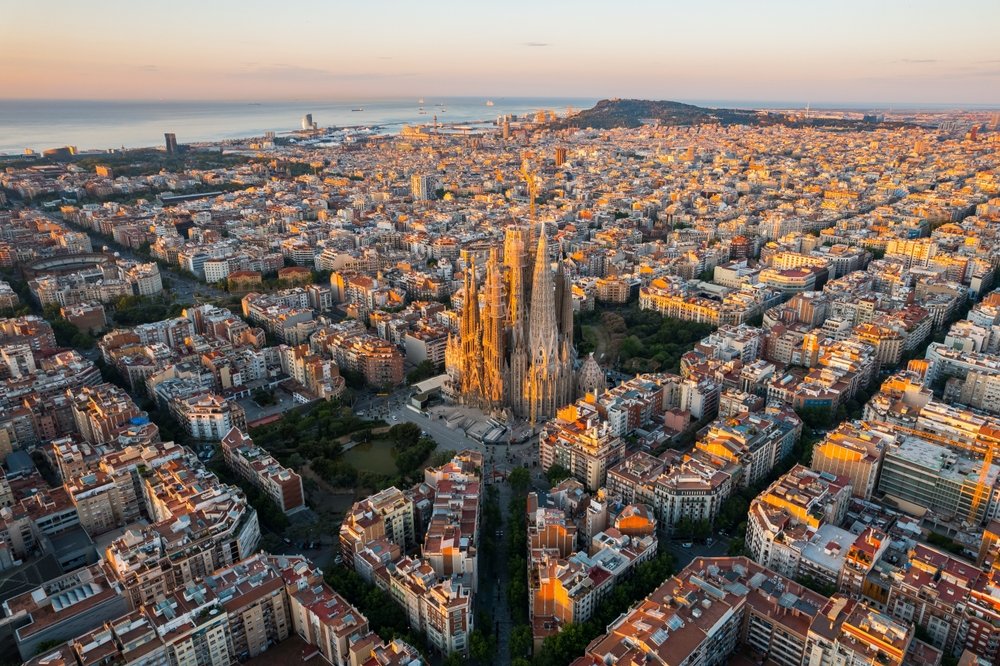
At first glance, it looks like a simple grid of numbers: 4 rows, 4 columns, 16 digits in total. But Gaudí’s magic square, carved into the Passion Façade, is anything but simple. Add the numbers in any row, column, or diagonal, and they all total 33: the age at which Jesus Christ is believed to have died.
But look closer, and you'll find even more hidden patterns: pairs that add up to the same number, mirrored placements, and mathematical symmetry that borders on the mystical.
This symbol isn’t just a clever puzzle. It’s a subtle yet powerful reminder that math and faith can coexist and that divine order, for Gaudí, was not chaos, but precise, intentional structure. By embedding this magic square into the stone of a religious monument, Gaudí invites us to see sacred meaning even in numbers and to question what else might be hiding in plain sight.
Did you know?
The magic square on the Passion Façade is slightly altered from the traditional version to avoid the number 34, which is common in classic 4x4 squares. Gaudí (or his collaborator Subirachs) adjusted the grid so it would total 33 — the symbolic age of Christ — making it both mathematically unique and theologically meaningful.
2. The Tree of Life on the Nativity Façade
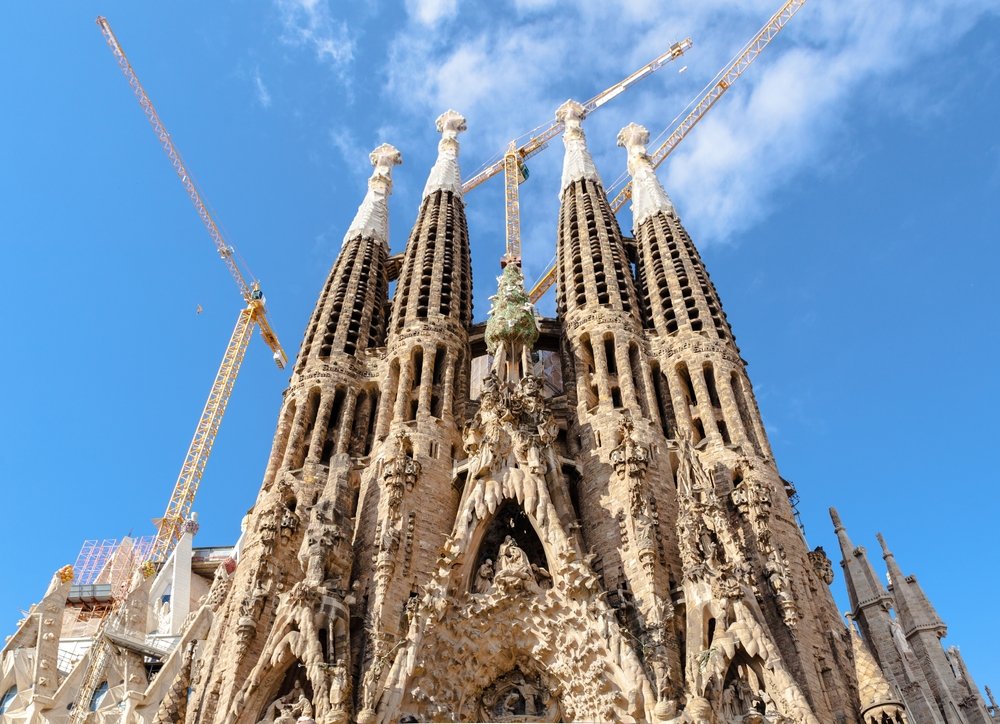
Above the Nativity Façade’s central portal, rising delicately above the stone figures of angels and flora, stands a cypress tree: Gaudí’s symbolic Tree of Life. Unlike the more commonly used palm or olive trees in Christian iconography, the cypress is evergreen, tall, and enduring: a nod to eternal life and the resurrection. It’s surrounded by doves in flight, symbolizing peace and the Holy Spirit, while at its base rests a pelican, an ancient Christian symbol of Christ’s sacrifice.
What appears to be a purely decorative element is, in truth, a layered visual sermon. Gaudí once said that “nothing is invented, for it is written in nature first.” The Tree of Life connects heaven and earth, life and death, nature and divinity: all in one sculptural image.
It’s a message of hope, rising quietly above a façade dedicated to birth and light.
Have You Heard This Before?
The pelican beneath the Tree of Life was believed in medieval legend to wound itself to feed its young: a metaphor for Christ shedding his blood for humanity. This symbol, centuries old, sits tucked into the stonework of a modernist masterpiece, waiting for observant eyes to notice.
3. The Tetragrammaton: God's Name in Stone
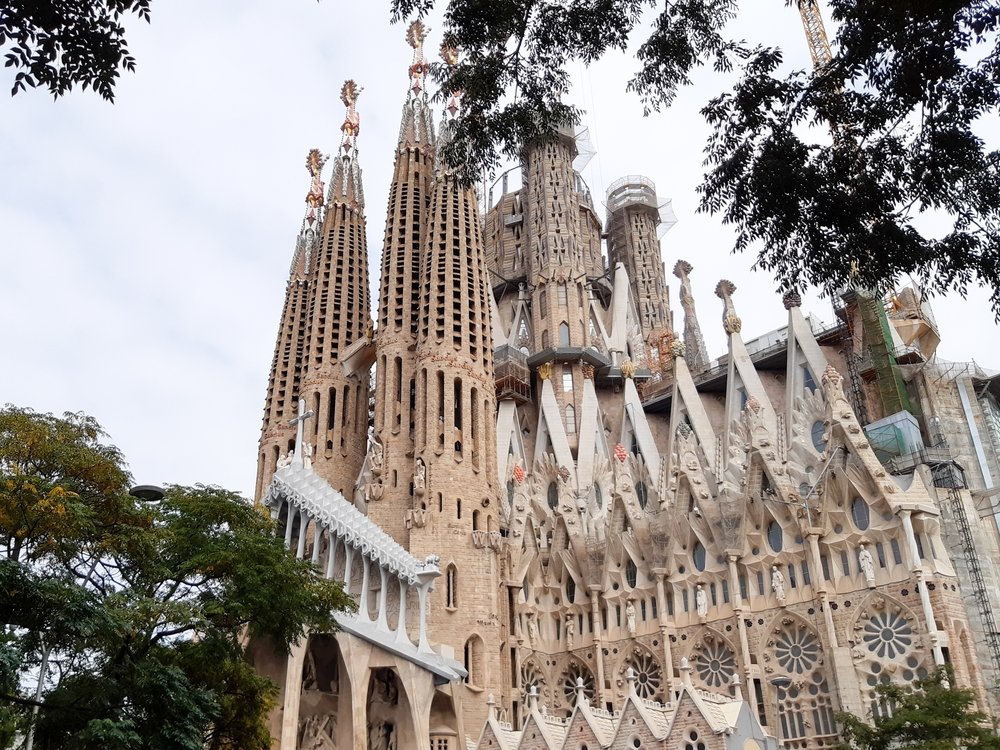
Tucked high above the Glory Façade, you’ll find four ancient Hebrew letters: יהוה (YHWH): the Tetragrammaton, or the sacred name of God in the Old Testament. It’s not written in Latin, Catalan, or even Spanish, but in Hebrew, the original language of the Torah, where the divine name was traditionally too holy to even pronounce aloud.
By placing the Tetragrammaton at the pinnacle of the most elevated façade, Gaudí emphasized the ultimate sovereignty of God over creation. The Glory Façade is meant to symbolize the soul’s journey toward salvation and that journey, in Gaudí’s mind, was always upward, toward the divine source.
Few visitors ever look up far enough to notice it. But for Gaudí, no detail was too small when it came to pointing back to God.
Sounds Unbelievable, But It’s True
The inclusion of Hebrew script in a Catholic basilica was highly unusual — even controversial — at the time. Yet Gaudí insisted on it, believing that Christianity’s roots in Judaism should be honored in the design. The Tetragrammaton remains one of the most quietly radical details in all of Sagrada Familia.
4. The Stained Glass: Light as Spiritual Language
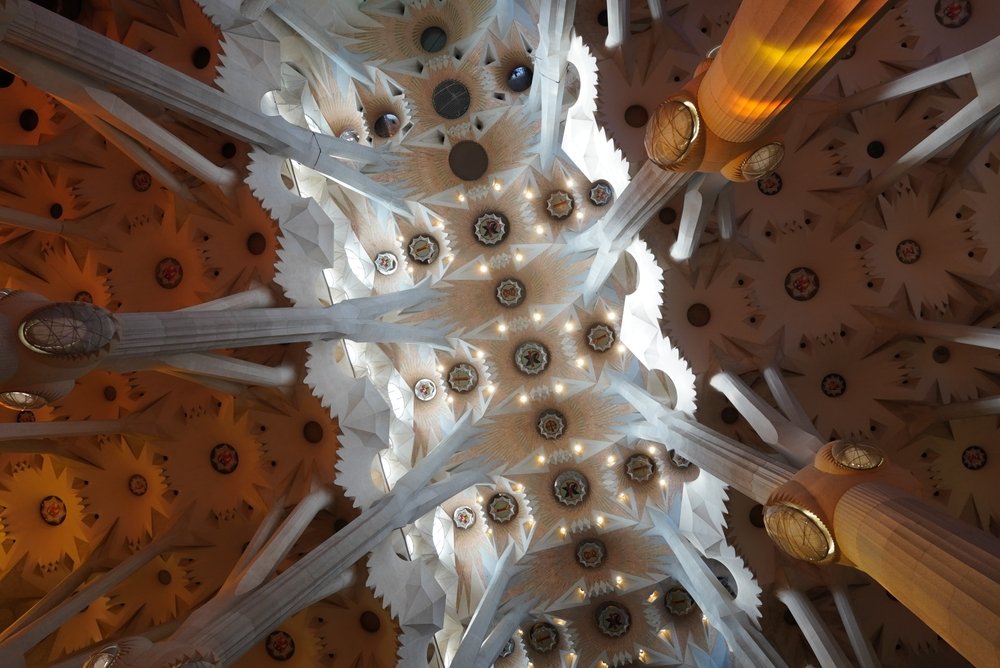
Step inside the basilica, and the first thing you'll notice isn’t stone: it’s light. As the sun moves through the day, rays of colored light pour in through the massive stained-glass windows, painting the interior in shifting waves of red, orange, green, and blue. But this isn’t just decorative. For Gaudí, light was a symbol of the divine and color was language.
The eastern side (Nativity) is bathed in cool tones of blue and green, symbolizing life, dawn, and hope, while the western side (Passion) glows with fiery red and orange, evoking sacrifice, sunset, and death.
It’s a full day and a full spiritual cycle in color. Gaudí designed the windows not just to illuminate the space, but to transform it to make visitors feel like they’ve stepped into a world where heaven touches earth.
This Might Surprise You
The interior lighting is entirely natural — there are no chandeliers or central lights. Gaudí believed that true illumination should come from above, like divine grace. Every piece of colored glass was mathematically positioned to direct emotion through color at specific times of day.
5. The Tortoises Beneath the Columns
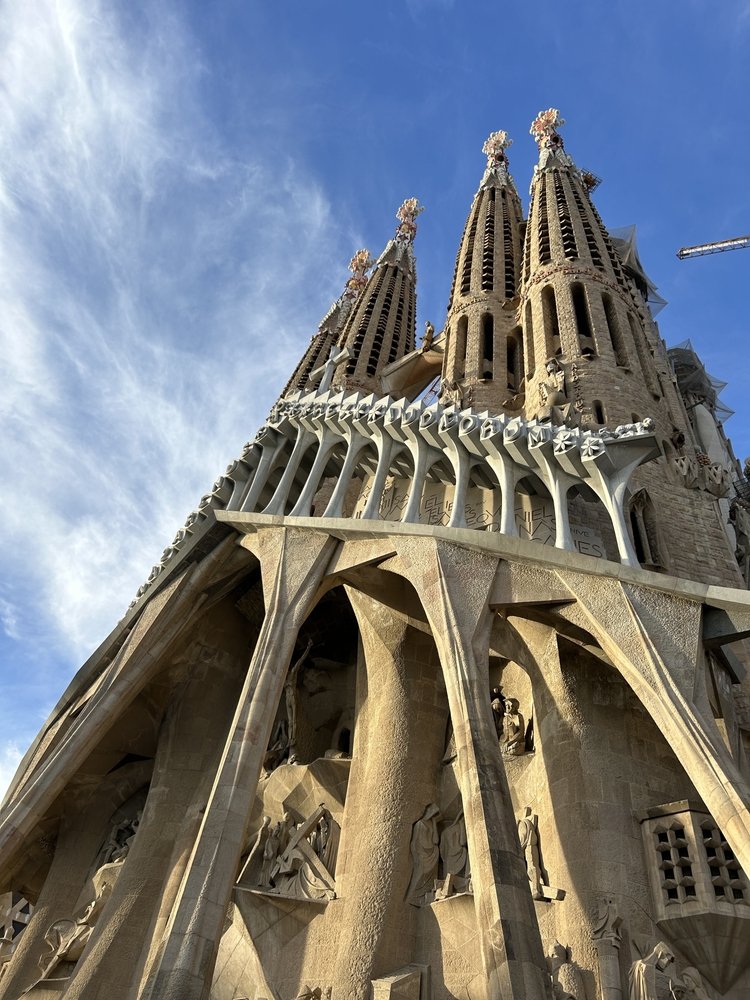
At the base of two columns flanking the Nativity Façade’s entrance, you’ll find a surprising detail: a tortoise and a sea turtle, each carved in stone and supporting the vertical weight of the basilica. These are no random creatures. Gaudí chose them carefully — one representing land, the other sea — as ancient symbols of balance, stability, and the natural order.
The tortoise faces east, toward the rising sun and new life, while the sea turtle faces west, where the sun sets and life fades. Together, they ground the basilica — quite literally — in the rhythms of the Earth, reflecting Gaudí’s belief that nature was God’s greatest architecture. In his words, “The great book, always open and which we should make an effort to read, is that of Nature.”
These small creatures, often missed by hurried visitors, are a quiet reminder that even the foundation of faith rests on harmony between the elements.
Have You Ever Noticed This?
The tortoises are made from different species: one is a land tortoise, the other a sea turtle and each was modeled after real animals Gaudí studied. They’re placed under columns not just symbolically, but structurally, reminding us that faith must be grounded in balance between heaven and earth, life and death, land and sea.
6. “JHS”: The Christogram Hidden in Stone
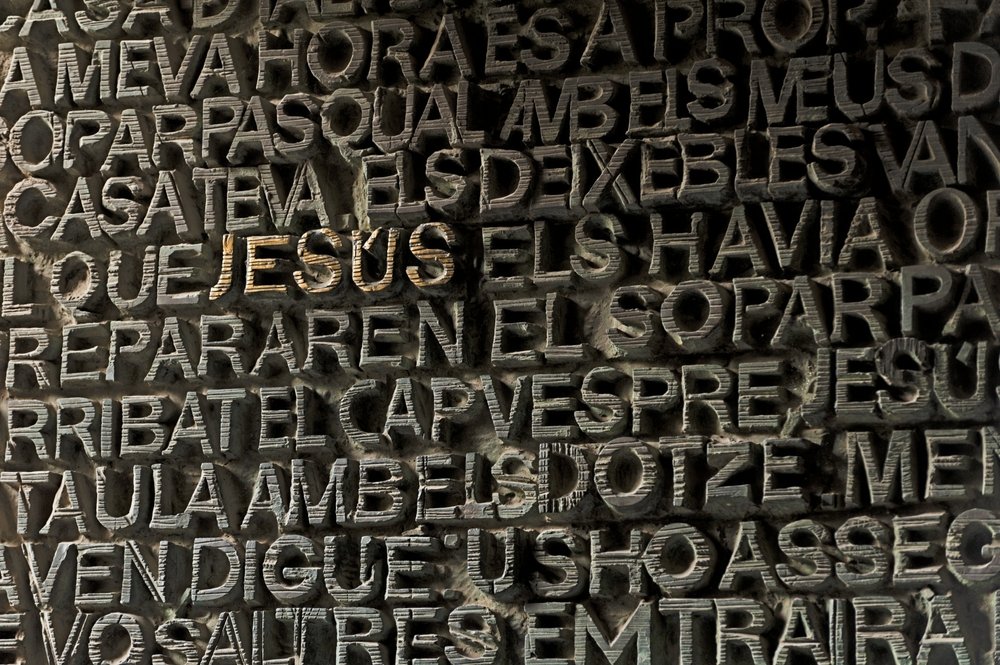
Among the carvings and symbols on the basilica’s facades, you might spot three unassuming letters: JHS. These are not initials of a person: they’re a Christogram, an ancient Christian symbol that abbreviates the name of Jesus. “JHS” comes from the Greek ΙΗΣΟΥΣ (Iēsous, Jesus), and has been used in Christian iconography for centuries.
Gaudí didn’t place these letters front and center; he wove them into the facades subtly, allowing only the attentive to find them. Whether carved above doors, etched near floral motifs, or hidden among vines and angels, the JHS serves as a sacred signature: a quiet but powerful reminder of the spiritual foundation of the entire structure.
To Gaudí, Jesus wasn’t just the subject of Sagrada Familia: he was the source. Embedding JHS into the architecture ensured that Christ’s presence would live not just in the art, but in the very bones of the building
You Might’ve Walked Right Past This
The “JHS” monogram appears in many places throughout Sagrada Familia, often accompanied by a cross or a heart, representing Christ’s crucifixion and divine love. These inscriptions were meant to bless the structure, much like religious icons in medieval churches but here, they’re sculpted into the very fabric of modernist architecture.
7. Sacred Geometry: Stars in Stone
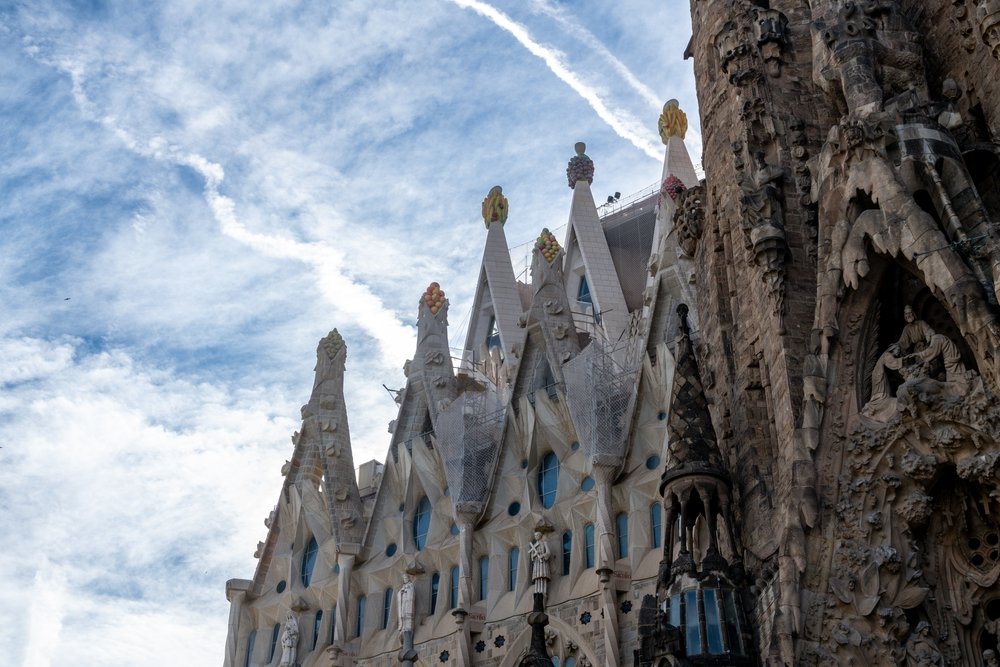
Look up inside the basilica and you’ll notice something extraordinary the ceilings aren’t flat, nor simply decorative. They bloom into complex geometric patterns, like a forest of stone canopies exploding with star-shaped vaults. These aren’t just architectural flourishes. They’re built upon sacred geometry: patterns found in nature, the cosmos, and religious symbolism across cultures.
Gaudí believed that divine beauty was mathematical and he used shapes like hyperboloids, helicoids, and pentagrams to reflect what he saw as God’s perfect design logic. The star-shaped domes represent not just the heavens above, but the order of the universe placing the visitor at the center of a celestial, sacred space.
From the floor to the vaults, the entire basilica becomes a three-dimensional prayer. The patterns don’t just guide the eye upward: they lift the spirit with them.
Sounds Too Precise to Be a Coincidence?
Gaudí used natural mathematical forms like the Fibonacci sequence, golden ratio, and fractals to design many elements in Sagrada Familia. These forms are found in flowers, galaxies, and even seashells and now, in stone arches that connect earth to sky. For Gaudí, geometry wasn’t just structure; it was sacred language.
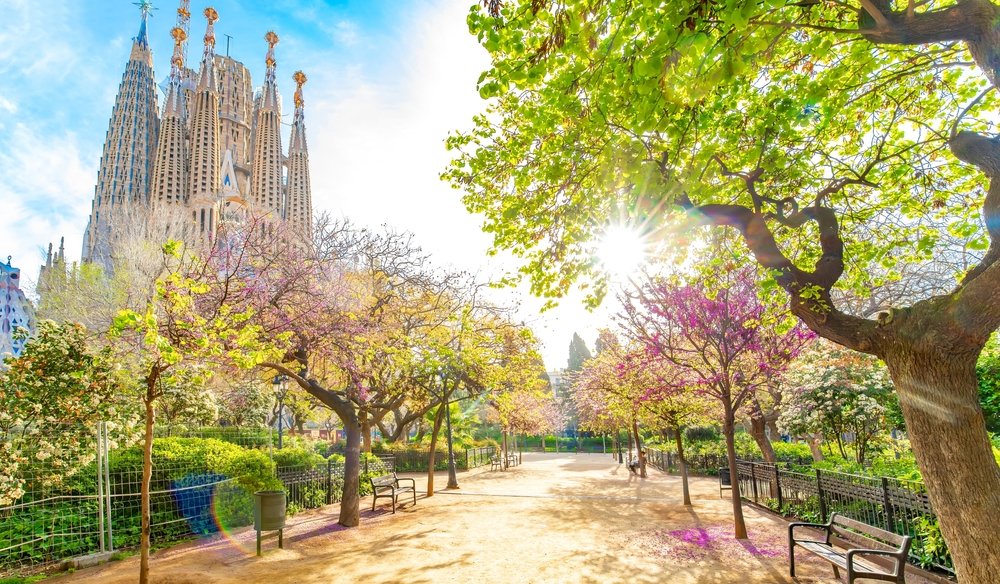
La Sagrada Familia is more than a basilica: it’s a living manuscript, carved not in ink, but in light, stone, and silence. Gaudí didn’t just design a building; he encoded a worldview. A place where mathematics
meets mysticism, where turtles hold up faith, and where divine names rest above human heads.
Next time you step inside or even see a photo look again. What seemed like decoration may actually be revelation. These seven symbols are just a glimpse into a deeper language woven through every detail.
You don’t just visit Sagrada Familia; you read it.
One Last Thought to Take With You:
“Nothing is art if it does not come from nature.” — Antoni Gaudí
And for Gaudí, nature was not only inspiration; it was the handwriting of God.

